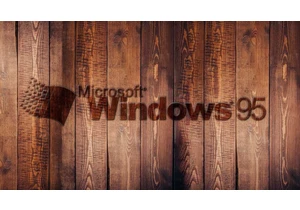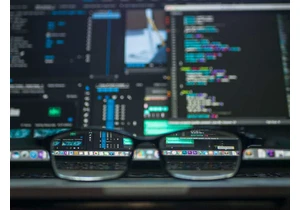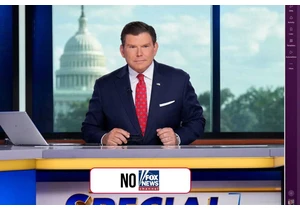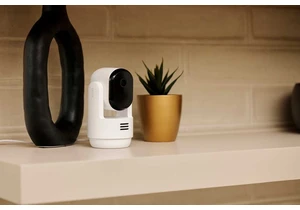YouTube is being overrun with AI slop. And it probably doesn’t help that YouTube itself, and owner Google, is where a lot of it is coming from. The latest questionable decision from the operator of the web’s de facto home for video? Using AI-powered tools to “enhance” videos, without telling anyone—including the creators who made said videos.
“We’re running an experiment on select YouTube Shorts that uses traditional machine learning technology to unblur, denoise, and improve clarity in videos during processing (similar to what a modern smartphone does when you record a video),” Ritchie said, replying to a question on social media. He started the post with “No GenAI, no upscaling,” perhaps in hopes of deflecting some of the backlash. Calling the tool “traditional machine learning” (what?) was probably meant to soften the blow as well.
As Ars Technica notes, this is indeed simply a wider application of similar filter tools that have been available for a while. The misapplication of the term “AI” to machine learning—and the intentional overselling of products while large language models become more prevalent in the public consciousness—is one of my personal bugaboos with Google and other marketers of this new technology.
But here’s the other shoe dropping: Google has no one to blame but itself if users instantly recoil at the thought of applying “AI” to videos, even if it’s little more than a new kind of filter. Users are increasingly wary of harder-to-spot generative AI slipping into text, images, music, and video, and Google/YouTube itself is one of the biggest vendors of this technology. Applying machine learning tech (again, possibly intentionally confused with “AI” tools) to videos suddenly becomes a point of contention for users who might not have had any problem with it a few years ago.
Not to mention the problem of applying these visual filters to videos without even informing the creators of those videos. Smoothing motion and evening out textures, particularly skin and other fine details, is a touchy subject at the best of times. Doing it without explicitly telling people it’s being done is a great way to lose the trust of the people making the content that YouTube relies upon.
Login to add comment
Other posts in this group

It was previously reported by Neowin that uBlock Origin was no longer

If you like shooting videos of your life or for a YouTube channel, yo

If you thought Windows 95 was dead, think again. Apparently, the long

“AI” tools are all the rage at the moment, even among users who aren’

It’s so easy to love mini PCs these days because they’re powerful yet

Say what you will about Fox & Friends, but YouTube TV subscr

Arlo announced a refresh of its entire home security camera lineup to
